An umbilical hernia is a state when the belly button is protruding to the outside of the body due to the weakness of the abdominal muscles that are in it or surround it.
This can happen at any age, it often occurs in the pregnant women and obese people. A hernia is not hazardous in itself, but it can often get stuck between some elements of the abdominal wall, causing incarceration. An incarcerated hernia has diminished the supply of blood because of elevated pressure on blood vessels. This can easily lead to dangerous complications like gangrene or peritonitis (this stadium is called “strangulated hernia"). A hernia gets bigger with the passing of time which causes lots of inconveniences.
How to Diagnose an Umbilical Hernia?
An umbilical hernia is diagnosed by simple examination, the belly button is prominent to the outside. In adult age, an umbilical hernia can be a determinant for dangerous complications and the danger is proportional to the size of the hernia. It is in most cases treated surgically.
Umbilical Hernia Repair Info
Umbilical hernia repair is a one day procedure. Before the operation, the smokers are asked to quit because cigarettes increase the risks of thoracic infections and slows down the recovery process. The operation is performed in total anesthesia which means that the patient is unconscious, but optionally one can go for local anesthesia which numbs the region of the belly button and person is awake during the procedure.
Before total anesthesia, patients are not allowed to drink or eat anything in a period of six hours before the procedure. The nurses' duty is to check the vital signs of the patient such as blood pressure and pulse, and to prepare them for the process. The patient must sign a consent form which informs them about the dangers of the operation.
The main task of the operation is to push back the belly button and to strengthen the abdominal wall. Open surgery is used in most cases and it is done in just one cut underneath the belly button. The second option is called keyhole surgery and it is used for recurrent hernias. The procedure differs from the first type as there are a couple of cuts made through which a telescopic camera is inserted into the abdomen, and surgeons do the procedure with help of the images gained by the camera.
Recovery Time
Patients recover quickly after the operation, but they need someone to look after them for the next 24 hours. General anesthetics affect the concentration, so it is not advised to drive, work or to sign legal documents in the next 48 hours. Also, showering is forbidden in the next two days. Patient should not touch the wound at all because it can slow the healing process.
An umbilical hernia operation is mostly safe but there are possible side effects like pain, bruises and swelling in the abdomen.
Postoperative and Rehabilitation Care
- Nutrition: Encourage adequate hydration with approximately 8-10 glasses of water per day. It is recommended to eat a high fiber diet to avoid constipation and excessive straining.
- Activity: usually patients go home the same day except in complicated cases or associated co-morbidities. The majority can return to work within a few days. No lifting above 10 pounds and any strenuous exercise should be avoided for 6 weeks.
- Wound Care: It is important to keep the incisions clean and dry. No swimming or soaking in the bathtub for 1-2 weeks or until the staples, stitches or steri-strips removed.
- Pain control: NSAIDs can be used safely for a short term in the absence of renal disease or peptic ulcer disease. Tylenol and Ibuprofen commonly used for mild to moderate pain. Narcotic medication e.g oxycodone, tramadol used for moderate to severe pain for a few days. It is recommended to take over the counter stool softener to avoid narcotic induced constipation.
- Abdominal binder: applying abdominal binder provide subjective beneficial effect and helpful at promoting postoperative recovery, but no significant effects on pain, movement limitation, or seroma formation.


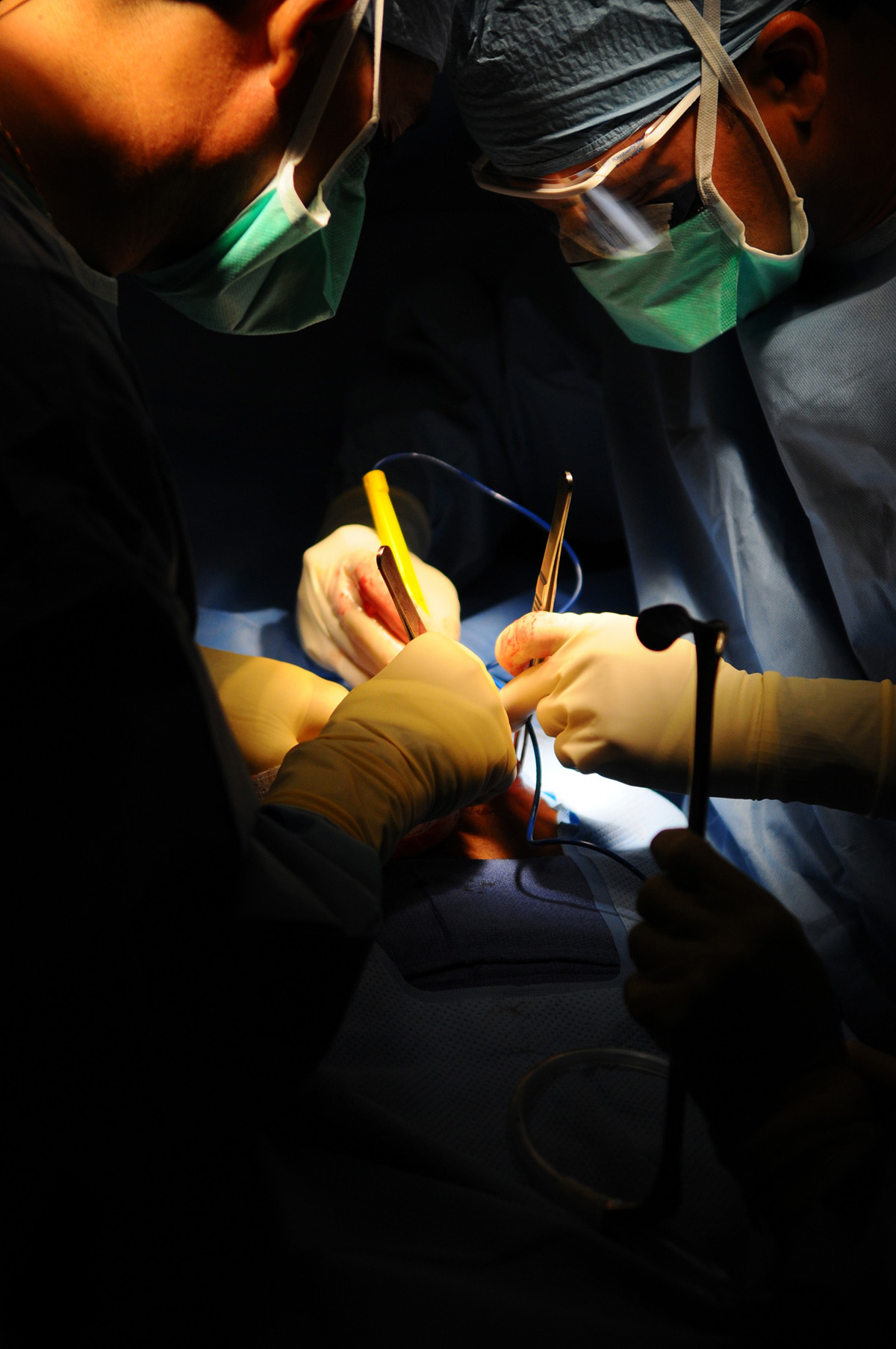

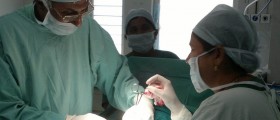


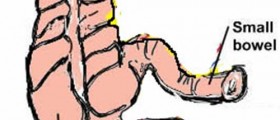
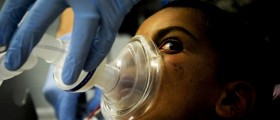


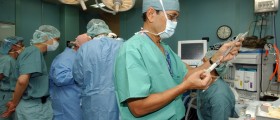
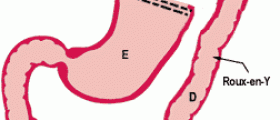




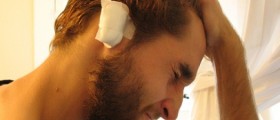
Your thoughts on this
Loading...